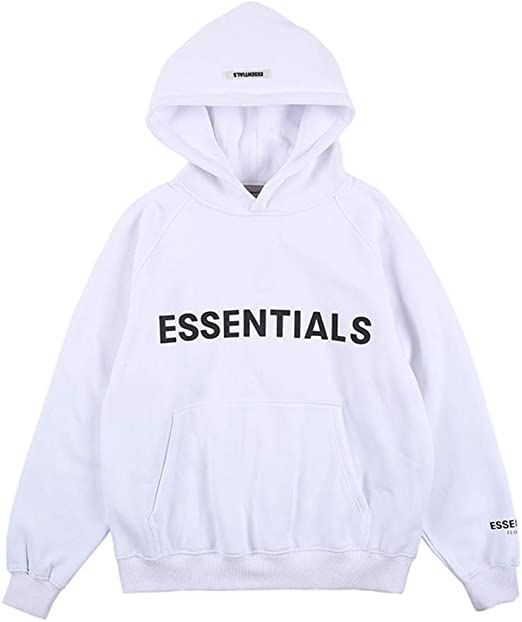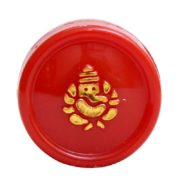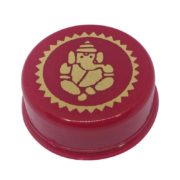Understanding the Fashion Cycle
In the world of fashion, trends come and go with remarkable speed. What begins as an idea in the mind of a designer eventually finds its way onto the runway, captivating audiences with its innovation and style. However, behind the glamour and allure of the fashion industry lies a complex network of production processes, often obscured from the consumer’s view. Visit now Essentials hoodie In recent years, there has been growing scrutiny surrounding the role of cheap labor in the production of garments, sparking important conversations about ethics, sustainability, and social responsibility.
From Concept to Creation: The Design Phase
The fashion cycle typically begins with the design phase, where creative minds conceptualize new styles and trends. Designers draw inspiration from various sources, ranging from art and culture to nature and technology. Once a concept is solidified, it undergoes refinement through sketches, fabric selection, and prototype development. This phase sets the stage for the entire production process, laying the foundation for what will ultimately become the latest fashion sensation.
Garment Production: The Role of Cheap Labor
While the design phase captures the imagination, it is the production phase that often raises eyebrows. In pursuit of cost efficiency and fast turnaround times, many fashion brands outsource manufacturing to countries with lower labor costs. This practice, while economically beneficial for businesses, has raised concerns about the exploitation of workers in developing countries.
The Impact of Cheap Labor on Workers
Workers in garment factories often face harsh working conditions, including long hours, low wages, and limited access to basic rights and protections. In some cases, workers are subjected to unsafe working environments, putting their health and well-being at risk. The prevalence of cheap labor perpetuates a cycle of poverty and inequality, trapping vulnerable communities in a cycle of exploitation.
Environmental Implications
In addition to its social impact, the reliance on cheap labor has significant environmental implications. Mass production of garments requires vast quantities of natural resources, including water, energy, and raw materials. Furthermore, the disposal of textile waste contributes to pollution and environmental degradation, exacerbating the fashion industry’s ecological footprint.
Addressing the Ethical Dilemma
Corporate Responsibility: Towards Ethical Fashion
In response to growing concerns about labor practices, many fashion brands have taken steps to improve transparency and accountability in their supply chains. Check it now Eric Emanuel shorts Initiatives such as fair trade certification, ethical sourcing, and supply chain audits aim to ensure that workers are treated fairly and that environmental standards are upheld. By embracing sustainable and ethical practices, brands can mitigate the negative impacts of their operations while fostering trust and loyalty among consumers.
Empowering Consumers: The Rise of Conscious Consumption
As awareness of ethical issues continues to grow, consumers are increasingly demanding transparency and accountability from the brands they support. The rise of conscious consumption has led to a shift in consumer behavior, with many individuals opting for ethically produced and sustainable fashion options. By voting with their wallets, consumers have the power to drive positive change within the industry and hold brands accountable for their actions.
Conclusion
The fashion cycle is a complex and multifaceted process that encompasses everything from design and production to consumption and disposal. While the allure of fast fashion may be tempting, it is important to consider the ethical and environmental implications of our purchasing decisions. By advocating for transparency, accountability, and sustainability within the fashion industry, we can work towards a future where style and ethics go hand in hand. Together, we have the power to shape a fashion industry that is not only beautiful but also ethical and sustainable for generations to come.





